Technological Innovations
Technological advancements play a crucial role in shaping the Fish Feed Pellet Making Machine Market. Innovations such as automation, precision feeding, and enhanced pellet quality are driving the market forward. The introduction of smart technologies, including IoT-enabled machines, allows for real-time monitoring and adjustments in the feed production process. This not only improves efficiency but also reduces waste, aligning with the industry's sustainability goals. Furthermore, the integration of advanced materials in machine construction enhances durability and performance. As these technologies continue to evolve, they are expected to attract more investments, thereby expanding the market for fish feed pellet making machines.
Rising Aquaculture Production
The Fish Feed Pellet Making Machine Market is experiencing a surge in demand due to the increasing aquaculture production across various regions. As fish farming becomes a more prevalent source of protein, the need for efficient and high-quality feed production is paramount. According to recent data, aquaculture production has been growing at an annual rate of approximately 5.5%, indicating a robust market for fish feed. This growth necessitates advanced machinery capable of producing pellets that meet the nutritional requirements of different fish species. Consequently, manufacturers of fish feed pellet making machines are likely to benefit from this trend, as aquaculture operations seek to enhance their productivity and sustainability through improved feed formulations.
Expansion of Aquaculture Facilities
The Fish Feed Pellet Making Machine Market is benefiting from the expansion of aquaculture facilities worldwide. As the global population continues to grow, the demand for fish as a primary protein source is increasing, leading to the establishment of new aquaculture farms. This expansion necessitates the installation of efficient fish feed production systems, including pellet making machines. Recent statistics indicate that the number of aquaculture farms has increased by approximately 10% in the last few years, highlighting the potential for growth in the fish feed pellet making machine market. As these facilities seek to optimize their operations, the demand for advanced machinery capable of producing high-quality feed is likely to rise.
Increasing Demand for Sustainable Practices
The Fish Feed Pellet Making Machine Market is witnessing a shift towards sustainable practices in aquaculture. Consumers are increasingly concerned about the environmental impact of fish farming, prompting producers to adopt more eco-friendly methods. This includes the use of alternative protein sources in feed formulations, which can be efficiently processed using modern pellet making machines. The market for sustainable fish feed is projected to grow significantly, with estimates suggesting a compound annual growth rate of around 7% over the next few years. As a result, manufacturers of fish feed pellet making machines are likely to focus on developing equipment that supports the production of sustainable feed, thereby aligning with market demands.
Growing Health Consciousness Among Consumers
The Fish Feed Pellet Making Machine Market is influenced by the rising health consciousness among consumers regarding the quality of fish products. As consumers become more aware of the nutritional value of fish, there is an increasing demand for high-quality feed that promotes better growth and health in fish. This trend is driving aquaculture producers to invest in advanced fish feed pellet making machines that can produce specialized feeds tailored to specific health benefits. The emphasis on quality and nutrition is expected to propel the market for fish feed pellet making machines, as producers seek to enhance the overall quality of their fish products to meet consumer expectations.


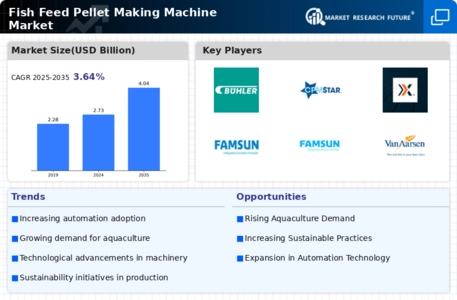

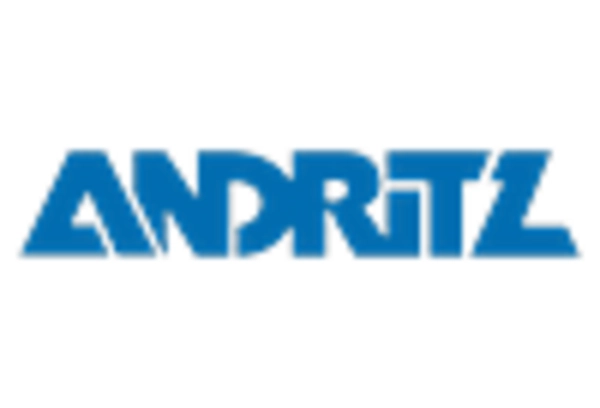
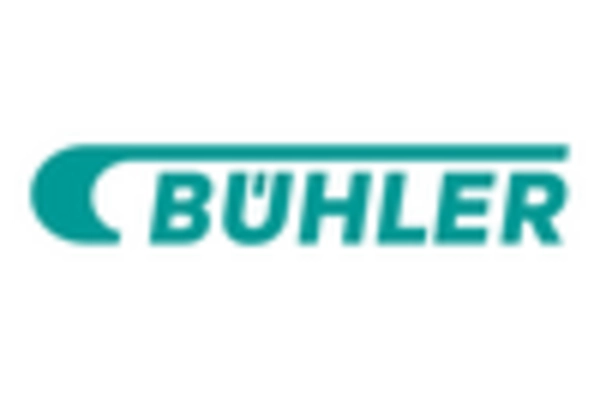
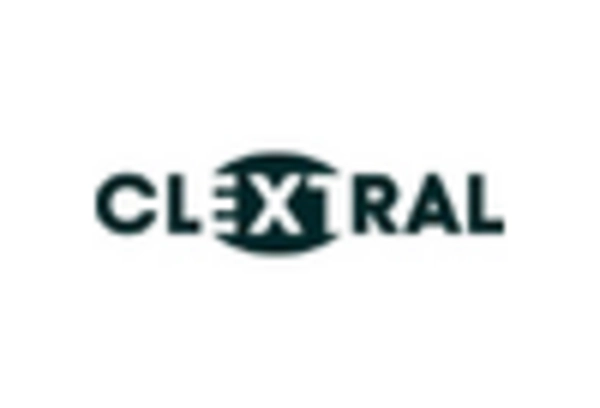
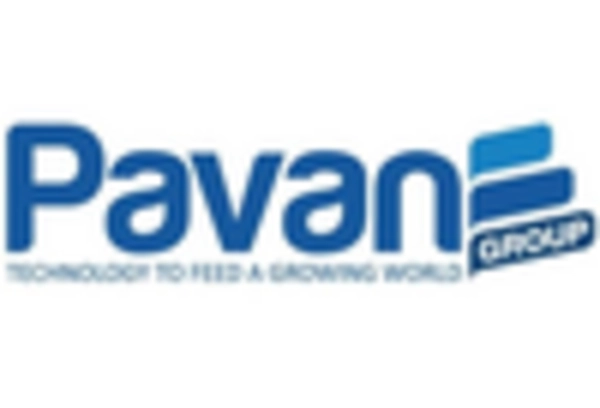
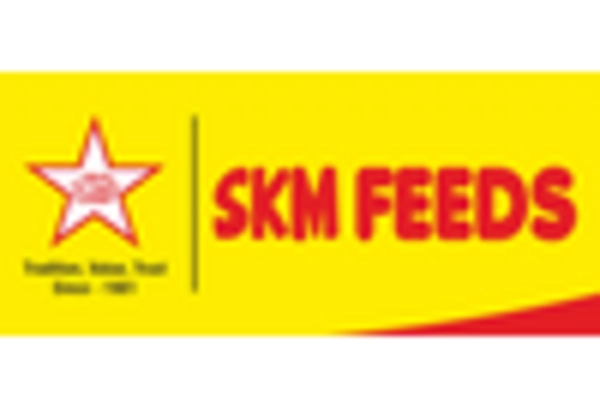
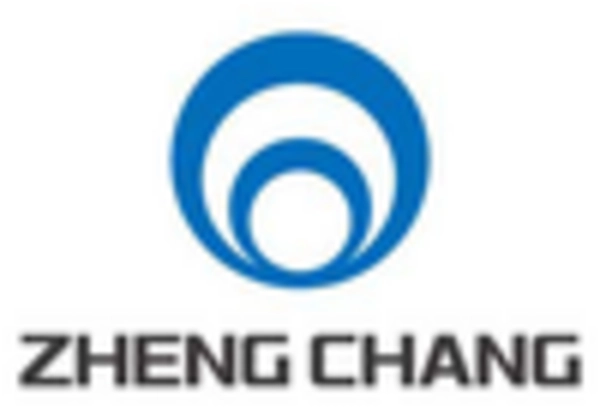








Leave a Comment